Did the 'plastic straw elimination campaign' have any meaning after all?

Many people have had the experience of ordering a drink at a coffee shop or fast food restaurant and finding it difficult to drink because it came with a paper straw rather than a plastic straw. Grist, a non-profit, independent media specializing in climate change-related news, has summarized how disposable plastic straws suddenly became an environmental issue and its impact.
Did plastic straw bans work? Yes, but not in the way you'd think. | Grist
According to Grist, the video below sparked a major movement calling for a ban on the use of plastic straws.
Sea Turtle with Straw up its Nostril - 'NO' TO SINGLE-USE PLASTIC - YouTube
This video, posted on August 10, 2015, shows a sea turtle that marine conservation biologist Christine Figner encountered while collecting data for her PhD in the waters near Costa Rica. , I see something stuck in my nose.
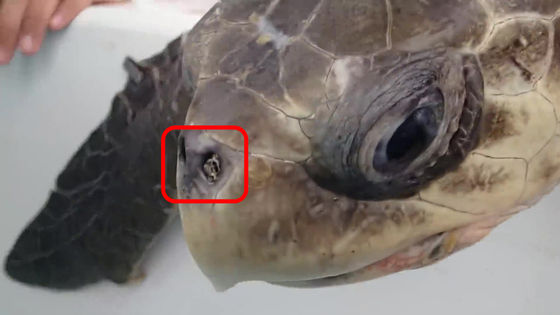
When I pulled the object stuck in the turtle's nostril with pliers, blood dripped out and an old straw came out.
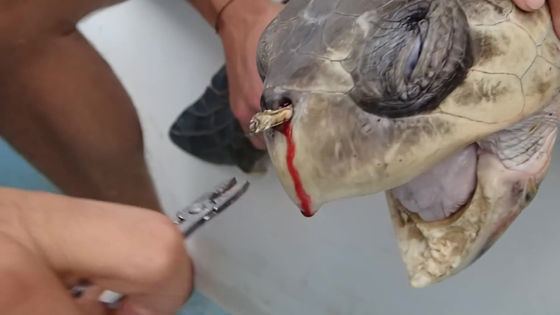
In
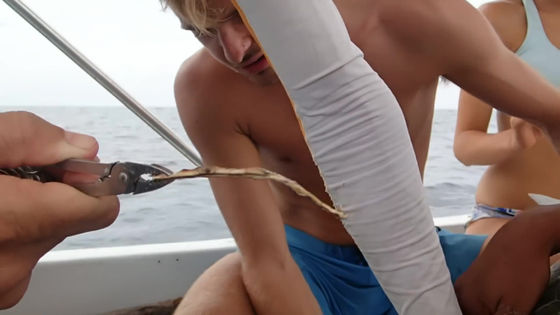
The video became a huge hit, and a social campaign called '#stopsucking,' in which celebrities and others called on their followers, led to a movement to 'make plastic straws the environment's number one enemy.' I went.
As many restaurants followed suit, this movement quickly spread and even changed politics. In 2018, Seattle became the first major U.S. city to ban plastic straws, followed by other major states such as California, New Jersey, and Florida. In addition, companies such as Starbucks and American Airlines are also jumping on the anti-plastic straw trend, with Starbucks planning to introduce sippy lids, commonly known as sippy lids, for cold drinks by 2020, making 1 billion plastic straws a year.
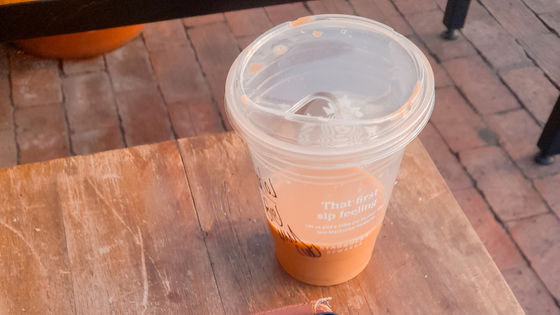
The anti-plastic straw movement has been successful in stirring up outrage over plastic pollution, but its effectiveness is questionable. For example, National Geographic reported that ``plastic straws account for 0.025% of the 8 million tons of plastic dumped into the world's oceans annually.''
Some people working on the whole plastic problem call the anti-straw movement ' slacktivism ,' denouncing it as a movement for self-gratification without commitment or effort. According to people in these positions, the movement to ban plastic straws was about gaining an exaggerated sense of ``making a difference to fight the plastic problem.''
For example, the ``sippy lid'' that Starbucks decided to introduce is made of polypropylene, a type of plastic. Starbucks considers the introduction of ``sippy lids'' an improvement because they are easier to recycle than plastic straws, which are too thin and difficult to recycle, but the recycling rate of polypropylene in the United States is only 3%.
Additionally, groups for people with disabilities have begun to voice their opposition to the movement to eliminate plastic straws. This is because some people with disabilities need flexible straws to drink liquids, and paper straws that get messy easily, metal straws that are hard to bend, and silicone straws that are difficult to clean are no substitute. It's from.
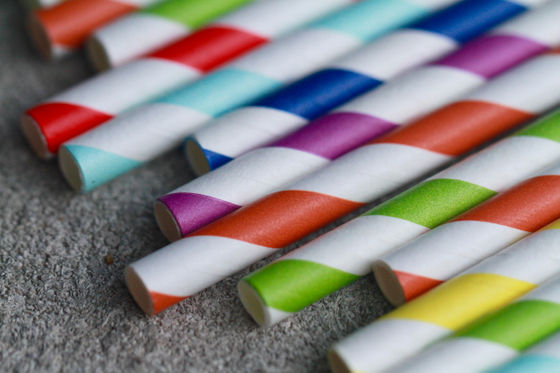
Some companies have chosen to continue offering single-use straws, using straws made from 100% biodegradable natural materials such as bamboo and wheat, but the increased cost has led many companies to offer bio-based straws. We focused on plastic straws. Bioplastics are compostable plastics made from non-petroleum resources such as corn and sugarcane. However, according to Brandon Leeds, co-founder of SOFi Paper Products, a paper container manufacturer, bioplastics need to be treated in a specific way in order to be effectively degraded, and are not necessarily disposed of in an appropriate manner. The reality is that it is difficult to say that this is the case.
Leeds told Grist: 'Many companies want to go sustainable, and when they find alternatives like bioplastics, they mistakenly think they can be environmentally friendly without giving up plastic. 'Unless governments regulate more tightly, companies can use

Although the movement to ban plastic straws is still active into 2023, and many governments and local governments are incorporating it into their policies one after another, it is no longer the centerpiece of the anti-plastic movement. Because for many people, going without plastic straws has become the norm and is no longer a novelty movement.
Instead, Grist notes, proponents of the anti-plastic movement are trying to capitalize on the anger once sparked by plastic straws in new ways. For example, in Japan, plastic bags have been charged since July 1, 2020, and in the United States, California, Delaware, Hawaii, Maine, New York, Oregon, and Vermont have introduced some form of plastic bags. Bags are prohibited. In addition, a campaign known as ' plastic attack ' in which the packaging of products purchased at supermarkets and grocery stores is removed on the spot and the trash is forced into the store is being carried out in various parts of the world, including Hong Kong, South Korea, Canada, Peru, and the United States. Masu.
Jackie Nunez, who leads the anti-plastic straw movement at the nonprofit Plastic Pollution Coalition, told Grist: 'This movement has brought light to so many people and helped solve what I call the 'gateway problem.' He explained that the campaign targeting plastic straws had the effect of raising people's environmental awareness.
Related Posts:
in Video, Posted by log1l_ks







